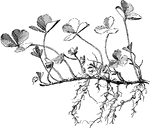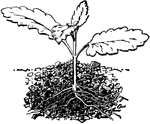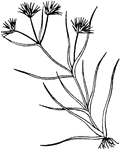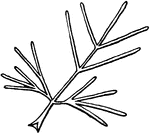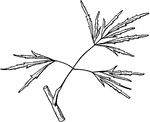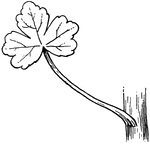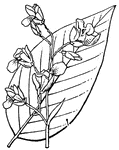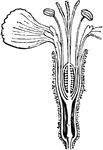
Cross-section of a leaf
Cross section of a leaf, showing the breathing pores and intercellular spaces. The small dots are grains…
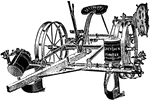
Check-Row Corn-Planter
A check-row corn-planter, which plants two rows at once and rows the corn both ways.

Hand Weeder
The hand weeder works on the same principle as the hand cultivator, but on a smaller scale. It is best…
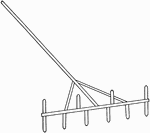
Double-Row Marker
The double-row marker, used for marking off the rows where seed or plants are to be planted.
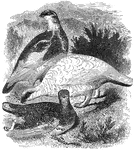
Ptarmigans
A trio of ptarmigans (also known as white grouses) found in colder regions at higher altitudes. They…

Wolffiella
Plants floating just below water surfacel plant body made up of a clump of short filaments.

Acanthus
"A genus of small herbaceous plants of southern Europe and Africa; they have spinosely toothed leaves,…

Acanthus
"A genus of small herbaceous plants of southern Europe and Africa; they have spinosely toothed leaves,…

Acanthus
"A genus of small herbaceous plants of southern Europe and Africa; they have spinosely toothed leaves,…

Orontium
Plants smaller; not wite-powdery above; leaves shed water easily; flowers along fleshy spike enclosed…

Agave
"Century-plant. A large North American genus of plants, of the natural order Amaryllidaceæ, chiefly…
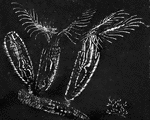
Plumatella
"Their shells are usually of a leathery texture, nearly transparent, and usually spring from a root-stalk…
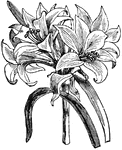
Belladonna Lily
"Of genus Amaryllis- A genus of bulbous plants, natural order amaryllidacæ, with large, bright…
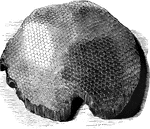
honey-comb
"The comb is made of wax, found in various plants, but which is also secreted by the bees themselves…

Antheridia
"Image: Branch of Fucus. The organ cryptogamic plants which answers to the anther in the phanerogamic…

Antheridia
"Image: Antheridia of a moss surrounded by paraphyses. The organ cryptogamic plants which answers to…
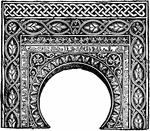
Arabesque Archway
"Arabesque is a style of ornamentation in which are represented men, animals (the latter consisting…
!["Like that animal [the mole] it is constantly engaged in burrowing in the earth; and to enable it to do this with facility iits anterior limbs are converted into a pair of flat, fossorial organs, which are turned outward in exactly the same manner as the hand of the mole. In its pasage through the earth it does great injury to the roots of plants, but it said to live quite as much upon animal as vegetable food." — Goodrich, 1859](https://etc.usf.edu/clipart/14900/14935/molecricket_14935_mth.gif)
Mole Cricket
"Like that animal [the mole] it is constantly engaged in burrowing in the earth; and to enable it to…
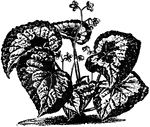
Begonia Rex
"Begonia is an extensive genus of succulent-stemmed herbaceous plants, order Begoniaceæ, with…
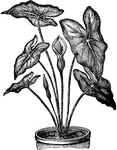
Caladium
"Caladium is a genus of endogenous plants, the typical one of the family caladieæ. They are cultivated…

Male Cochineal Insect
"Cochineal is a dye-stuff employed in dyeing scarlet and crimson; consists of the bodies of the femals…
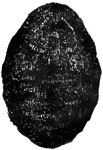
Female Cochineal Insect
"Cochineal is a dye-stuff employed in dyeing scarlet and crimson; consists of the bodies of the femals…
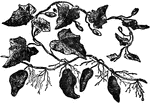
Convolvulus
"Convolvulus are a genus of plants, common in fields and hedges, especially when the soil is light.…
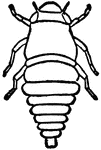
Larval Frog Hopper
"Frog Hoppers are ranked under the homopterous sub-order of insects. The name of frog hopper refers…
Frog Hopper on Leaf
"Frog Hoppers are ranked under the homopterous sub-order of insects. The name of frog hopper refers…

Adult Frog Hopper
"Frog Hoppers are ranked under the homopterous sub-order of insects. The name of frog hopper refers…
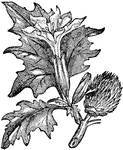
Thorn Apple
"Thorn Apple is a genus of plants. The common thorn apple is an annual plant, with smooth stem and leaves,…
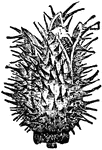
Thorn Apple Bud
"Thorn Apple is a genus of plants. The common thorn apple is an annual plant, with smooth stem and leaves,…
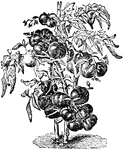
Tomato Plant
"Tomato, or Love Apple, is a plant of the natural order Solanaceæ. It is one of a genus of several…
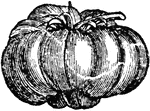
Tomato
"Tomato, or Love Apple, is a plant of the natural order Solanaceæ. It is one of a genus of several…

Tomato
"Tomato, or Love Apple, is a plant of the natural order Solanaceæ. It is one of a genus of several…

Double Tuberose
"Tuberose (Polianthus) is a genus of plants of the natural order Liliaceæ. The plant is in high…
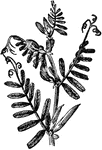
Vetch Plant
"Vetch, Fetch, Fitch, and Tare are terms variously used to indicate the fodder plant. This genus consists…

Vetch Seed Pod
"Vetch, Fetch, Fitch, and Tare are terms variously used to indicate the fodder plant. This genus consists…

Viper's Bugloss
"Viper's Bugloss is a genus of plants. The species are large herbaceous plants or shrubs, rough with…

Wart Hog
"The Wart Hog closely resembles the true hogs in most of their characters, and particularly in their…

Hemlock Water Dropwort
"Water Dropwort is a genus of plants of the natural order Umbelliferæ. A number of species are…
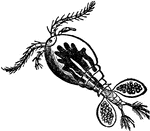
Cyclops communis Water Flea
"Water Flea is a popular name for minute aquatic Crustaceans such as daphnia, cypris, and cyclops. In…
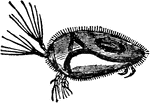
Cypris Unifasciata Water Flea
"Water Flea is a popular name for minute aquatic Crustaceans such as daphnia, cypris, and cyclops. In…
